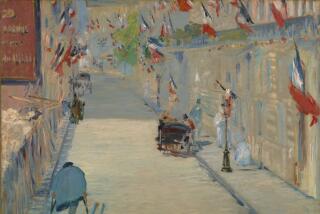NONFICTION - May 30, 1993
HUNGRY FOR LIGHT: The Journal of Ethel Schwabacher edited by Brenda S. Webster and Judith Emlyn Johnson (Indiana University Press: $29.95; 254 pp.). Unlike most of her male colleagues, who couldn’t distinguish life from art (the classic example is Jackson Pollock smashing his speeding car into a tree while pondering the euphoric dynamism of the open road) Abstract Expressionist painter Ethel Schwabacher kept at least one foot on the ground. Like Wendy Wasserstein (reviewed below) she spent much of her life trying to find a happy balance between her desire to soar with the calling of her spirit and her need to nestle in the womb of her family. At one polarity was her young adulthood in the 1920s and early ‘30s, when she took lovers from among a group of artists and intellectuals active in New York, Vienna and the south of France, often treating them with a whimsy that her Freudian analyst deemed “cruel.” (One of these lovers was the sedate educator Mortimer Adler, whom she called “Suzy.”) At the other polarity was her “idyllic and fruitful” marriage to Wolfgang Schwabacher, a supportive “unpossessive and unjealous” man. Schwabacher’s art darted between these two extremes, sometimes embracing the creative muse (as when she represents Orpheus as strong and beautiful after he abandons Eurydice to pursue his art), sometimes rejecting it (as when she paints Sisyphus running joyously downhill against a red background, relieved to be rid of his burden).
More to Read
Sign up for our Book Club newsletter
Get the latest news, events and more from the Los Angeles Times Book Club, and help us get L.A. reading and talking.
You may occasionally receive promotional content from the Los Angeles Times.






